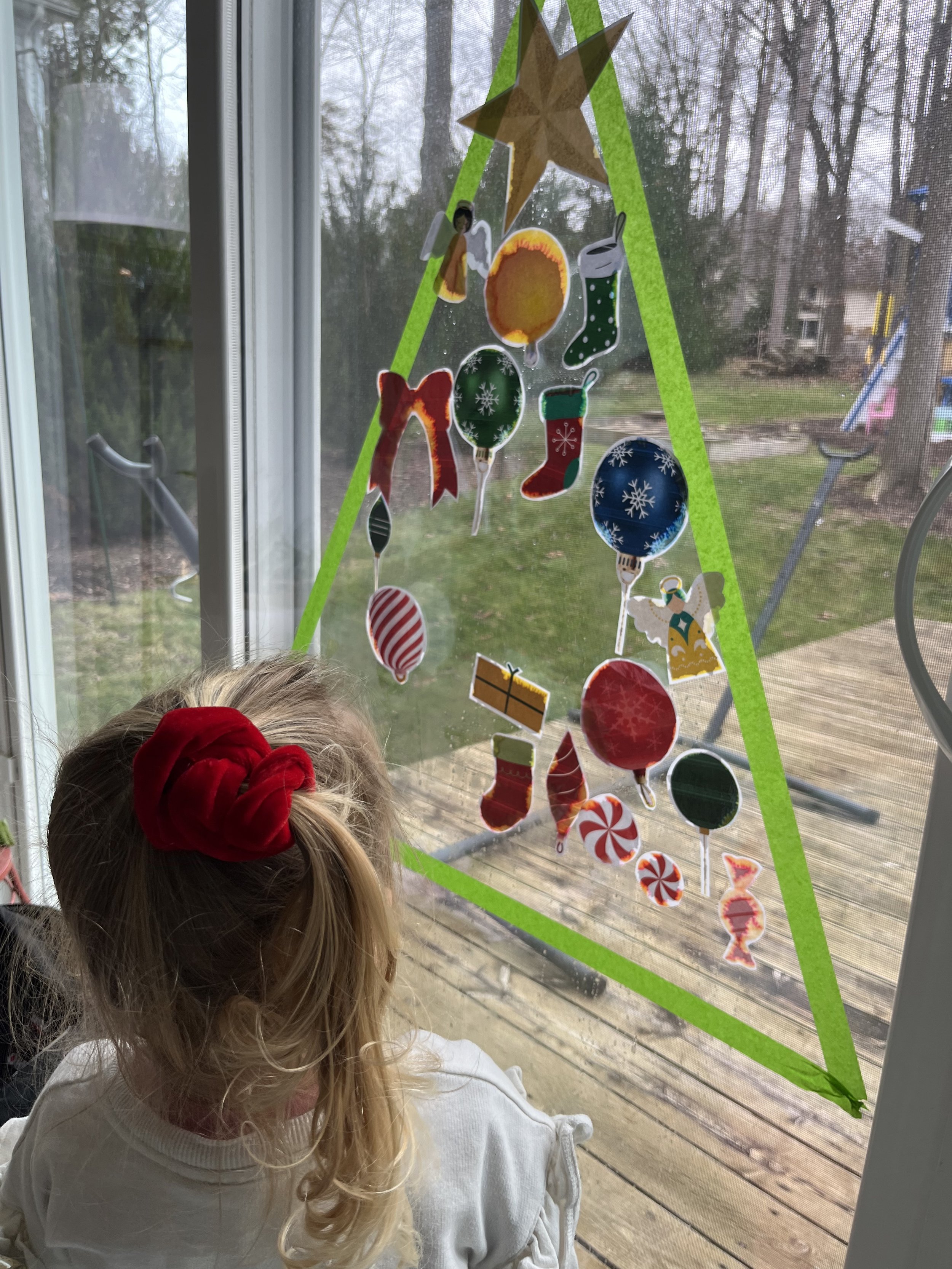Dyed Pasta Bats Halloween Sensory Bin
Are you gearing up for Halloween? Before having kids, I usually passed out candy and wore a punny shirt to work (like this one) and called it a day. Now we definitely get in the spooky spirit a bit more and it I find it more enjoyable every year. This dyed pasta sensory bin is a perfect way to get the Halloween vibes just right as we near the end of October.
This activity uses staple pantry items to create a wonderfully fun sensory bin. Don’t feel limited to Halloween though, you can change up the colors to match whatever holiday or theme you want! We are using the same basic method we used to color the rice in our Rainbow Rice Sensory Bin, but read on for a few tweaks.
Here’s what you need
Pasta- I used bowtie for their bat-like shape to keep on theme with Halloween, but you can use any other shape you have on hand.
Vinegar
Container or resealable plastic bag
Colored rice. Read this blog post for more details, but essentially you mix dry rice, vinegar, and food coloring in a bag or container and shake until the rice is colored. In fact, I saved my rice from a few months ago and used it for this sensory bin!
Cups or bowls
Tongs, scoops, or spoons. I love this set and the kids have been using it a ton recently.
Set up
5 minutes.
The colored pasta is easy to make, but you need to let it dry, which can take a while. After you make this sensory bin material, you can save it and reuse it again and again! Next time you can just pour it out and have no dry time involved.
Note: small dry pasta can be a choking hazard for little ones, so use your best judgement. Our 1-year-old still puts EVERYTHING in her mouth, so she was not part of this activity. The bowtie shapes can chip and leave small, dangerous pieces that I’m positive she would find and eat.
Here we go:
Add pasta to a bag or container. We used a container because I get irrationally annoyed every time I use a plastic bag, but for this I actually think a bag might work better.
Mix your food coloring and vinegar together in a separate bowl. We used a full box of bowtie pasta which required a little over 1/4 cup vinegar and 5-10 drops of food coloring. Brightness will depend on the food coloring brand, so feel free to add more if 5 drops isn’t cutting it for you. Note: subbing isopropyl alcohol can help keep the colors more vibrant, but I like using vinegar to ensure this remains taste safe. Once all of my kids are older, I will probably make the swap (same amount) because the vinegar can be strong smell.
Shake. Shake. Shake. Shake. The kids always love this part! Mix and shake until your pasta is coated with color. This is where the bag might be useful because you can actually see and massage a bit more. We had to open our container to investigate, which then led to color dripping on our white table.
After the pasta is dyed to your liking, lay it on a towel, parchment paper, or baking sheet to dry.
Add to your sensory bin and enjoy! We used our “bats” in purple rice, but you could make an entire sensory bin out of pasta, no rice involved.
Clean up
1-3 minutes
Sort and save your colored pasta and rice in resealable bags or containers.
All kitchen tools get washed. I usually just shake out or wipe out the wooden sensory bin tools because those never touch food we eat, and the sensory bin has dry materials.
I always vacuum after we have a rice sensory bin, but a sheet, towel, or blanket can do wonders in collecting any stray material.
The bowtie shape is a little harder to dye compared to other shapes, so it really worked best for us to mix the food coloring and vinegar in a separate bowl before adding to the pasta. I wanted to avoid soggy pasta, so we added a little bit of vinegar at a time, but still ended up with a little over 1/4 of a cup. The vinegar helps the color coat the pasta instead of just covering 5 noodles, but I would recommend starting with less than 1/8 cup vinegar for 2 cups of pasta and adding more based on coverage.
You can see from the picture series above that we were not having too much success with shaking in the container. It was too much pasta which left little room for movement. I had to scoop some out and work in batches to get the coverage we wanted.
After your pasta is colored to your liking, let it dry. The isopropyl alcohol helps keep the pasta from becoming soggy, but the vinegar works just fine if you want to ensure everything is taste safe. I put the pasta on a black kitchen towel, but a baking sheet or parchment paper works also. I let mine dry outside because I don’t love the smell of vinegar, and this required more than a few tablespoons.
You can tell in the photo below that our pasta doesn’t have perfect coverage in the middle or folded parts, but the kids still loved it. I had to challenge my perfectionist tendencies and just leave it alone instead of adding more and more food coloring + vinegar mixture.
We added in colored rice to make this a game. I saved our rice from the Rainbow Rice Sensory Bin, so we just picked a color that felt Halloween adjacent instead of making a new batch. Orange or black rice would be fun though. I love that you can customize for preference or age with a simple color swap.
Giving kids an opportunity to choose helps fill their power buckets and I can notice a huge difference in my own children when they are not getting that need met. Involving them in the setup of activities can give them an opportunity for decision making and pride. Additionally, using high or low contrast can be something you modify for you child based on age. The game we played would have been much more challenging if the rice had also been black, so we went with the easier option because our 3-year-old was playing. Maybe your preschool aged child wants that type of challenge, but Vaila on this day did not.
Our game included covering the bats with the rice, rolling a die, and using tongs to take out the corresponding number of bats. This gave the kids practice in taking turns, counting, and fine motor skills.
We used the sensory bin lid as a playing surface to help catch some of the stray rice, but anything dry that can be vacuumed up easily does not stress me out. If it does bother you, add a towel, blanket, or sheet on the floor under the sensory bin. That way you can easily shake out the runaway rice into the trash or outside.
There you have it- a sensory bin that fits right in during this spooky season. I hope you enjoyed this activity and find a time to make this with the kids before Halloween.
Comment below if you try this or share this post with a friend or family member. Tag us on Instagram if you get a chance to create this sensory bin- I can’t wait to see all of the Halloween fun!




















Here is a list of books perfect for gifting or reading for Valentine’s Day or any day of there year your child might need a reminder of how much you love them!
I just added 4 of these to my cart!